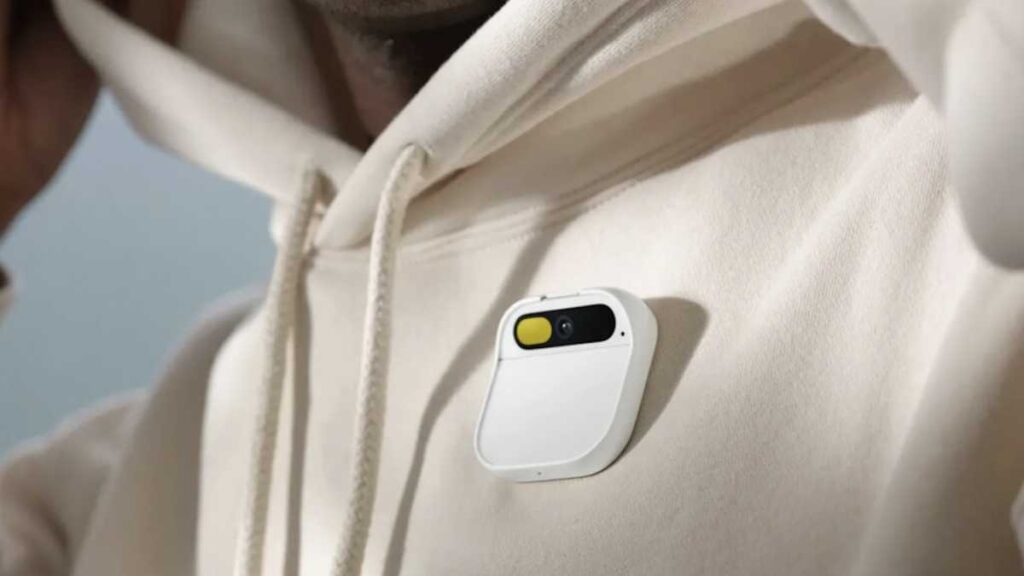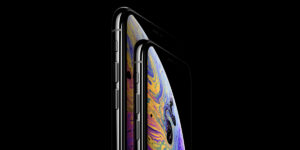The Humane AI Pin has no future as long as the Apple Watch exists

Negative criticism is fun, as Anton Ego so wisely observed. And I had a lot of fun this week watching Marques Brownlee’s polite demolition of the Humane AI pin, which he described as “the worst product I’ve ever reviewed.” Not just a solution in search of a problem, but a future in search of a present.
Humane’s product, a chunky AI-powered pin that sits on your lapel and operates by voice and gesture rather than possessing any kind of screen, is riddled with problems. Some of these feel like temporary issues that will be ironed out in version 2.0, such as battery life, mild overheating, and slow query response times. Others are more fundamental: will a projector interface coupled with gesture controls ever match a touchscreen for ease of use, particularly among older demographics (or indeed anyone outside the early adopter bubble)? Maybe this is what computing will one day become, but right now there’s little appeal to a wearable AI that replaces your phone.
This did make me think, however, of ways in which the concept could work. The problem is that Humane has tried to remake the computing experience from the ground up. This means you have to persuade customers to learn a new interface and control system and leave behind all the comforts and benefits of the technology they’re used to; namely the smartphone, which the world has revolved around for the last decade and a half. Instead of doing that with a watch-sized badge, why not use a watch-sized… watch?
The Humane AI Pin is probably going to be one of the world’s forgotten gadgets—but the concept doesn’t need to be.
Humane
When it launched, the Apple Watch shared some of Humane’s novelty issues, but it’s been around for almost a decade now and the world largely understands the concept and operation of a touchscreen smartwatch. What’s more, in terms of general life niche rather than interface specifics the Apple Watch took the place of a product roughly 200 years old: the muscle memory to pull up a sleeve and glance at a little face is ingrained in us almost from birth, and potential customers won’t be put off by the idea of looking weird… which I’m convinced, by the way, is far more of a factor in consumer spending than anyone admits. None of that applies to an odd-looking gadget on your chest with a camera pointing in people’s faces. That’s going to attract all the wrong kinds of attention.
The Apple Watch isn’t currently sold as an AI device in the same way as the Humane pin, but that doesn’t mean it’s completely dumb. Using Siri, I just asked my Series 9 for the height of the Eiffel Tower, and got an accurate answer and a picture. I asked it when the next Manchester United game would take place and got, well, a wrong answer. (A postponement seems to be the cause of the confusion.) But that level of inconsistency is pretty much where the Humane AI pin is at, too, and shows that the Apple Watch is already an AI device, it’s just not a super reliable one.
Fortunately, it’s likely to get a lot better at AI in the near future: where iOS leads, watchOS generally follows. Many of the tech advances that Apple is preparing to announce at WWDC this year will benefit its product ecosystem as a whole, with millions of us desperately hoping that Siri is about to get smarter on the Mac, HomePod and Apple Watch as well as on the iPhone. And any tasks that are dealt with via Apple’s cloud servers should benefit from the company’s wider AI advances.
The Apple Watch already does some AI stuff—but watchOS 11 could take it to the next level.
Jim Martin / Foundry
Mind you, while we’re talking about the cloud, Apple is showing promising signs of recognising that on-device processing has its advantages. While the Humane AI pin tackles almost all queries by contacting the company’s servers, which means a delay and potential breakdown if there’s a connection issue at either end, this year’s iPhones will take responsibility for processing many operations themselves. Again, we don’t know if or when the Apple Watch will follow suit, but the chances are good that Apple will, in time, apply the same principles across its product portfolio.
The Apple Watch has a more discreet form factor than the Humane pin, a more familiar control system, a screen you can actually read things on, and a far better battery life, while its AI capabilities aren’t far behind at the moment and are likely to leap forward in the near future thanks to its maker’s greater developmental resources and current focus on AI.
But the real ‘secret sauce’ that the champ has over the newcomer is its integration with the iPhone. With admirable but foolhardy ambition, Humane is setting out to create a standalone device that will replace smartphones and has consequently made the decision not to connect to them. That means your AI pin (which currently has no third-party apps at all) has no access to the text messages sent to your phone’s number, your calendar, your smart home devices, your Uber, Spotify, and Amazon accounts, or any number of other key data sources that the smartphone naturally and intuitively gathers together in one place. The Apple Watch, by contrast, is plugged into all of that stuff.
It’s not difficult to imagine, a few years down the line, the Apple Watch finding a new niche for itself as a portable AI companion. This is already the lowest-friction of all Apple’s products: when I need to set a timer I instinctively do so on my watch rather than my phone because it doesn’t need taking out of a pocket – it’s already there. If Siri gets better and regains our confidence, which admittedly is a big if, then all the other ingredients are in place.
Whereas the Humane AI pin doesn’t seem to have any future at all.
Apple Watch



